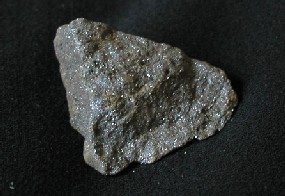Hematite
Click on image for full size
Windows to the Universe original image
Related links:
Find out how to identify minerals (...and learn what shape, luster, color, streak, hardness, cleavage and fracture are all about!)
Meet some other nonsilicate minerals!
Hematite
A sample of hematite may look like little more than a dark gray blob. That might seem impossible to identify but with a streak test, you can easily identify it! To tell if it is hematite, just rub the mineral against a white streak plate and it will form a small amount of red powder!
The largest amounts of hematite are found in sedimentary rocks that formed from weathering iron-rich minerals. In these sedimentary deposits, hematite is thought to have precipitated from lakes or seas by organic and/or chemical processes. The hematite often occurs with intermixed layers of quartz or chert.
Hematite is an important ore of iron. It is also used as a pigment in paint and in polishing compounds. It is made into a variety of handcrafted objects such as beads and jewelry.
- Shape: Trigonal (commonly occurs as tabular crystals)
- Luster: Metallic to sub-metalic to dull
- Color: Reddish-brown, gray to black
- Streak: Red
- Hardness: 5.5 to 6.5 on Mohs Hardness Scale
- Cleavage: None
- Fracture: Conchoidal
Last modified April 25, 2003 by Lisa Gardiner.
You might also be interested in:
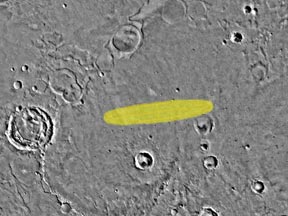
The second Mars Exploration Rover (MER), named "Opportunity", landed at a site on Mars known as Meridiani Planum. This flat plain is one of the few places on Mars where the mineral gray hematite is found
...more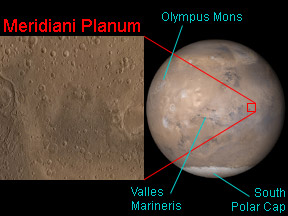
Meridiani Planum is a small, flat region near the equator on Mars. As is the case on Earth, locations on Mars are specified by stating their latitude and longitude. Meridiani Planum is near the prime meridian,
...more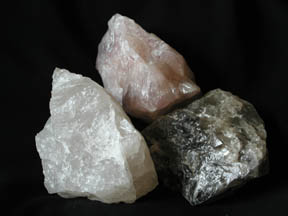
Each type of mineral is made of a unique group of elements that are arranged in a unique pattern. However, to identify minerals you don’t need to look at the elements with sophisticated chemical tests.
...more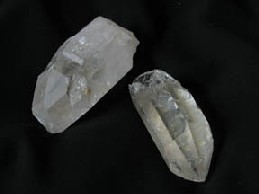
Quartz is the second most common mineral in Earth’s crust. It is a member of the quartz group, which includes less common minerals such as opal, crystobalite, and coesite. Silica (Si) and Oxygen (O) are
...more
Mica minerals make some rocks sparkle! They are often found in igneous rocks such as granite and metamorphic rocks such as schist. They sparkle because light is reflected on their flat surfaces, which
...more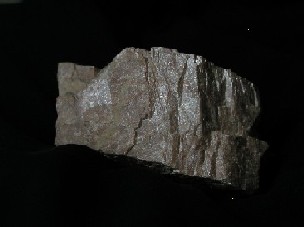
Feldspar is the most common mineral in the Earth’s crust, so you are very likely to find it in the rocks you collect! It is found it all of the three rock types, but is most common in intrusive igneous
...more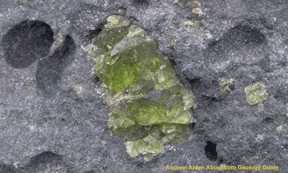
Olivine looks like little green crystals. It is typically found in some igneous and metamorphic rocks. Often the crystals are so small that you need to use your hand lens or magnifying glass to see them
...more


